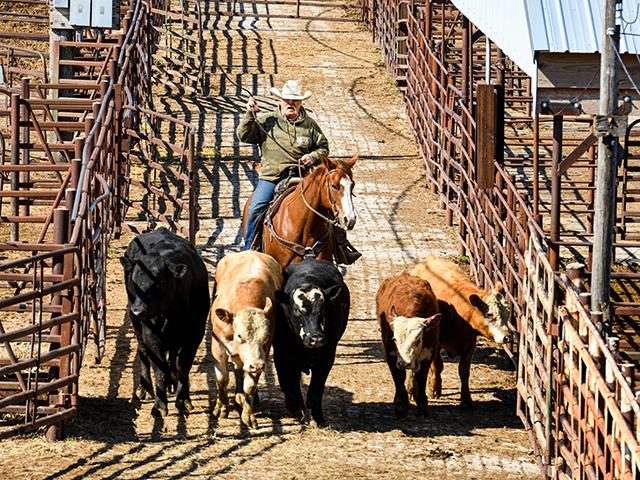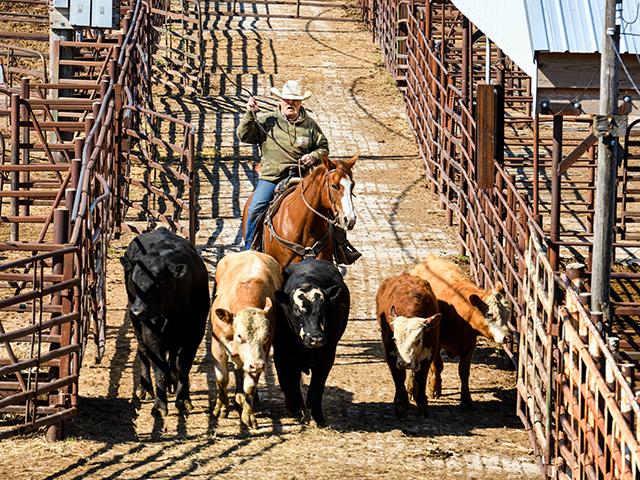Sort & Cull
Packers Outplayed Feedlots in Last Week's Cash Cattle Market
We tend to think that only technical and fundamental matters drive the market, but the longer you spend observing the marketplace and its peculiar nature, you'll find that psychological matters affect the market just as much.
For instance, can you tell why cash cattle prices traded lower last week? Boxed beef demand is still incredibly strong and front-end supplies of market-ready cattle are still alarmingly thin -- both of which signal that cash cattle prices should trade higher. However, last week, Northern dressed cattle traded $3 to $5 lower than the previous week's weighted average, and Southern live cattle sold $2 lower than the previous week's weighted average.
P[L1] D[0x0] M[300x250] OOP[F] ADUNIT[] T[]
Feedlot managers are much kinder than packers. As you know, the cattle market's cycle runs in a fairly predictable 10-year span. One to two years of the market's 10-year span allows cow-calf producers and feedlots to carry the market's leverage and demand higher prices, thanks to thin supplies, but the other eight years in the cycle favor packers because supplies are plentiful and cash prices can be driven lower. So, in a 10-year span, packers spend roughly eight of those years perfecting their trade and learning how to keep the cash cattle market on a controllable, tight-leash. Adversely, when feedlots are finally given the opportunity to demand higher prices, they don't control that type of market power nearly as well.
That's partially because there are thousands of feedlot managers marketing cattle on a weekly basis who need to collectively work together for the same goal. Whereas there are only four major packers that must get on the same page and play similar cards to pressure the market into favoring the outcome they desire.
Last week's developments in the cash cattle market are a perfect example of how packers outplayed feedlots. For starters, they were able to drive prices $2 to $5 lower amid market fundamentals that indicate prices should be higher. They were able to buy cattle with time, which is just the icing on the top of the cake for them. Last week's negotiated cash cattle trade totaled 83,647 head. Of that, 57% (47,747 head) were committed to the nearby delivery, while the remaining 43% (35,900 head) were committed to the deferred delivery.
Prices are one thing, but slowly being able to pad their inventory is another. Even if feedlots wanted to trade cattle higher this week, their likelihood of being able to do so is significantly harder than if there would have been little to no cattle committed to the deferred delivery option.
ShayLe Stewart can be reached shayle.stewart@dtn.com
(c) Copyright 2023 DTN, LLC. All rights reserved.






Comments
To comment, please Log In or Join our Community .